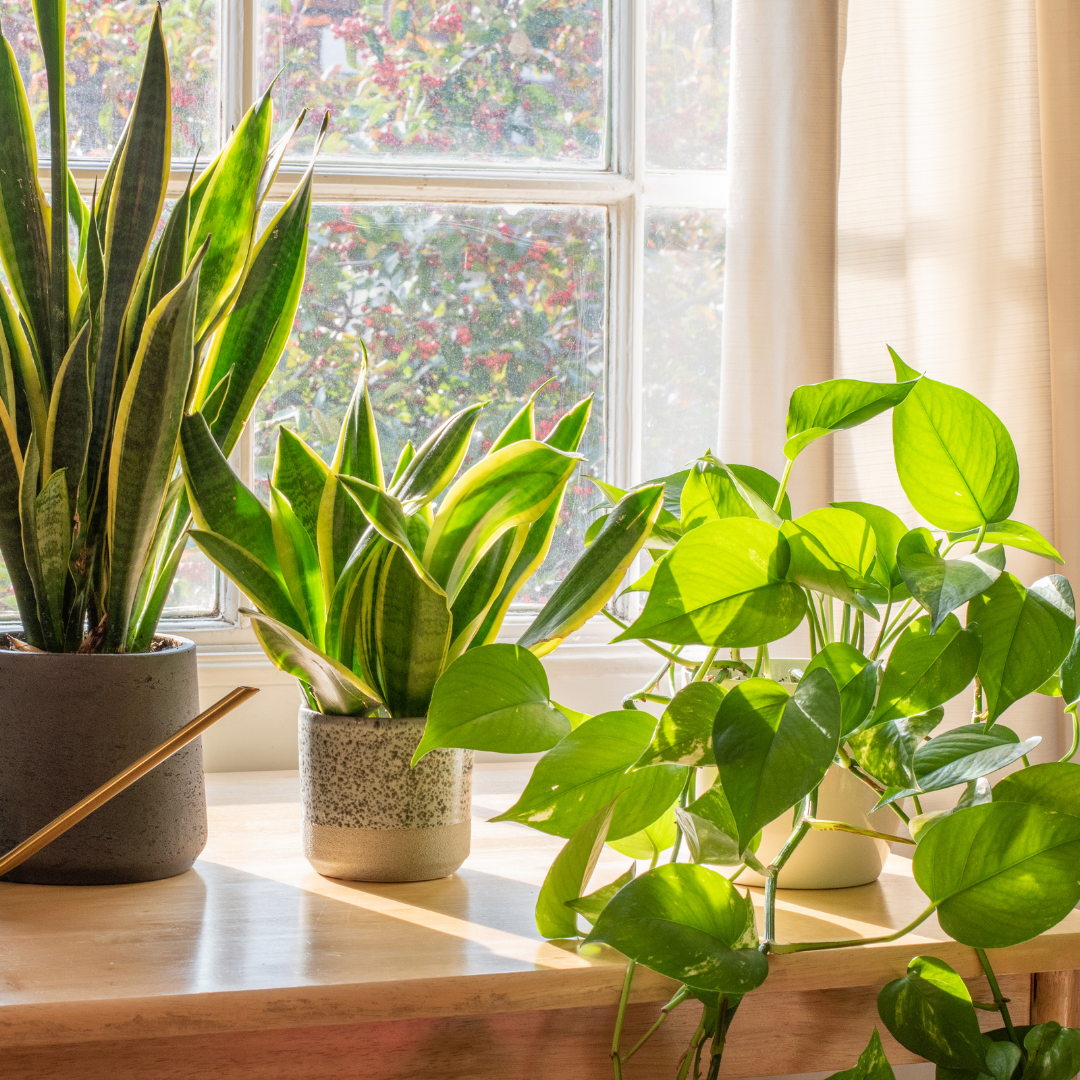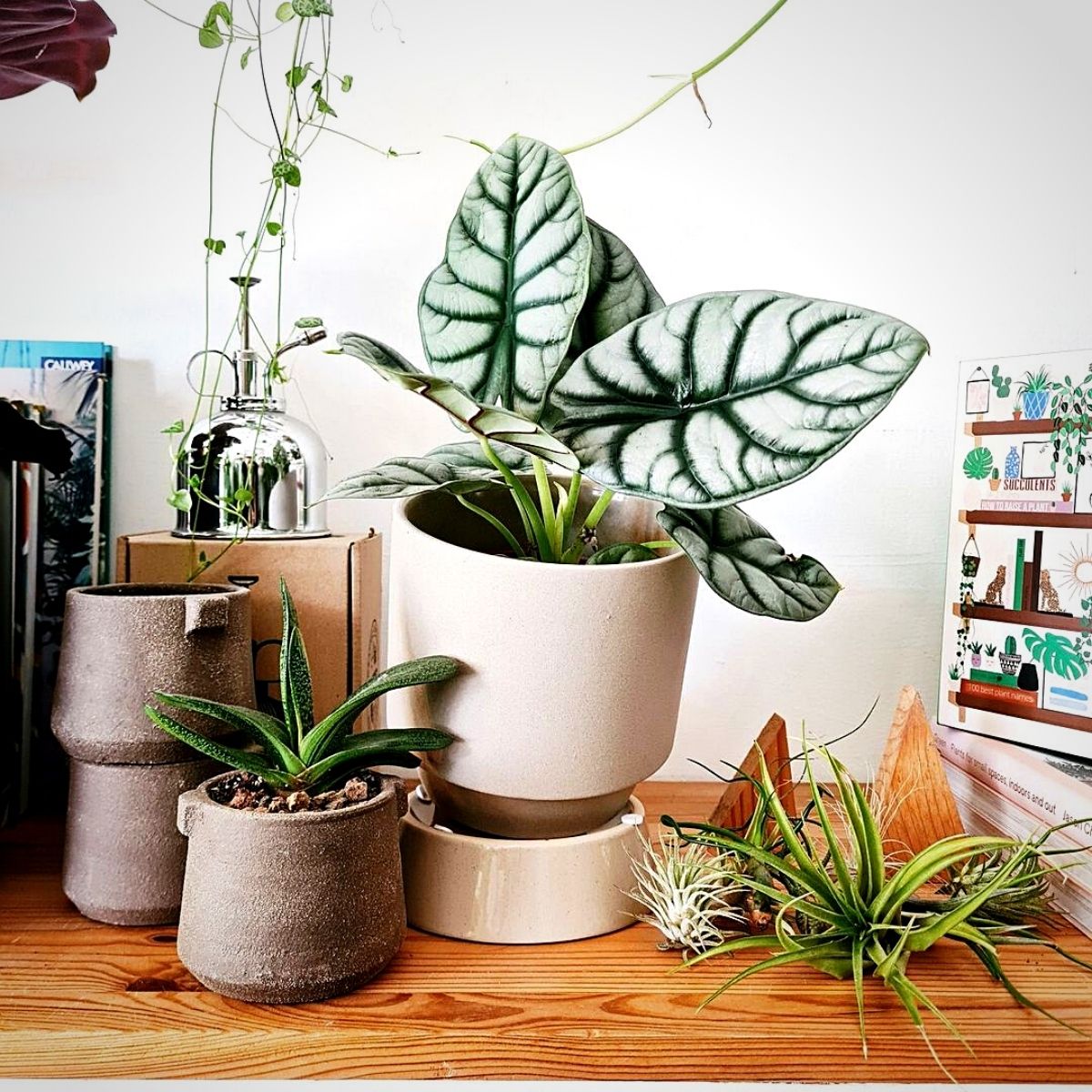Discover the Best Low-Light Indoor Plants for Your Home or Office Space
Discover the Best Low-Light Indoor Plants for Your Home or Office Space
Blog Article
Transform Your Home With Beautiful Low-Light Indoor Plants and Their Advantages
Including low-light indoor plants right into your home can dramatically boost both the environmental and aesthetic top quality of your home. These plants, which flourish in dark problems, serve not just as decorative components yet also as natural air cleansers, making them ideal for metropolitan residents or those with limited sunshine exposure. As we discover the various sorts of low-light plants and their benefits, you might find surprising methods to incorporate them right into your home that can change your surroundings in methods you may not have prepared for.
Benefits of Low-Light Plants
Low-light plants offer countless benefits for indoor environments, making them a superb selection for both amateur and seasoned garden enthusiasts. Among the primary advantages is their versatility to low-light conditions, enabling people to boost their living spaces without the requirement for substantial sunlight direct exposure. This characteristic makes them excellent for houses, offices, and various other locations with minimal natural light.

Additionally, incorporating low-light plants into home décor can elevate the visual appeal of a space. Their lavish foliage and varied structures develop a relaxing environment, contributing to overall well-being. Lastly, the presence of greenery has actually been connected to minimized anxiety levels and enhanced productivity, making low-light plants a sensible selection for improving both mental and physical health and wellness in indoor settings.
Top Low-Light Indoor Plants
While several indoor plants grow in brilliant light, several varieties are particularly well-suited for low-light conditions, making them excellent for different interior spaces. One popular choice is the Serpent Plant (Sansevieria), understood for its striking upright fallen leaves and durability, calling for minimal care. Another outstanding choice is the Pothos (Epipremnum aureum), which includes heart-shaped fallen leaves and can track perfectly from hangers or shelves, prospering in reduced light and adding a rich touch.
The ZZ Plant (Zamioculcas zamiifolia) is commemorated for its shiny leaves and capability to endure overlook, making it excellent for busy way of livings. Likewise, the Tranquility Lily (Spathiphyllum) not just tolerates low light yet likewise creates stunning white blossoms, boosting any space's visual.
For a special touch, consider the Cast Iron Plant (Aspidistra elatior), which undoubtedly meets its name, thriving in the darkest edges of your home. Lastly, the Chinese Evergreen (Aglaonema) offers a range of leaf patterns and shades while being exceptionally flexible in low-light problems. These plants not just enhance interior atmospheres but additionally contribute to air filtration, boosting your living space.
Treatment Tips for Low-Light Plants

Sprinkling methods are vital; these plants frequently favor slightly completely dry conditions. Overwatering can lead to root rot, so make sure that the top inch of dirt is dry prior to watering once more. Usage pots with drain holes to enable excess moisture to leave.
Moisture is another crucial variable. Several low-light plants, such as ferns and peace lilies, take advantage of greater humidity degrees. To increase humidity, take into consideration misting the fallen leaves or placing a tray of water near the plants.
Fertilizing must be come close to with care. During the growing season, use a watered down, balanced fluid fertilizer each month to sustain growth, yet stay clear of fertilizing throughout the dormant winter season.

Creative Ways to Show Plants
Interior plants can work as captivating centerpieces in any type of space, improving both aesthetic allure and setting. Imaginative screens can elevate the aesthetic effect of low-light plants, making them an essential part of your home Check This Out design. One efficient technique is to use tiered plant stands, which permit you to display numerous plants at varying elevations while taking full advantage of floor area.
Hanging planters are an additional innovative alternative, developing a feeling of deepness and attracting the eye upward. Take into consideration macramé wall mounts or wall-mounted racks to present a distinct appearance and design.
For a more structured technique, usage geometric terrariums or glass containers to house your plants, including a modern-day touch to your interior garden. You can also repurpose vintage products, such as teacups or wooden dog crates, for an eclectic screen that mirrors your individuality.
Enhancing Home Setting With Plants
Integrating low-light plants useful reference into your home not only enhances visual charm but also adds considerably to the overall atmosphere. These plants function as natural decoration aspects, introducing a sense of tranquility that can transform any type of room. The visibility of greenery fosters a soothing ambience, which is especially useful in high-stress environments such as home offices or living spaces.
Low-light plants, such as snake plants, pothos, and ZZ plants, are not only visually pleasing yet additionally improve interior air quality by filtering toxins. This dual feature improves the atmosphere even more, developing a much healthier space (Best low-light indoor plants). The critical placement of these plants can additionally affect the understanding of space; for example, tall plants can attract the eye upwards, making ceilings show up higher and spaces extra roomy
Furthermore, differing structures and shades of foliage include deepness to indoor layout, permitting imaginative expression in home designing. Whether positioned on shelves, in corners, or as focal points, low-light plants can boost the mood of any area. In summary, integrating these plants right into your home is a reliable way to cultivate a cozy, welcoming atmosphere while enjoying the benefits of enhanced air quality and aesthetic convenience.
Verdict
Incorporating low-light interior plants right into home environments supplies numerous advantages, including enhanced visual charm and boosted air quality. These durable plants, such as the Serpent Plant and Peace Lily, need see here minimal light and upkeep, making them appropriate for diverse way of livings. Their ability to filter toxins adds to a much healthier living area, while their diverse textures and colors improve indoor decoration (Best low-light indoor plants). Ultimately, the incorporation of low-light plants cultivates a tranquil and welcoming setting, changing any type of home right into a serene oasis.
While several interior plants flourish in intense light, numerous varieties are particularly fit for low-light conditions, making them ideal for different indoor areas. One reliable technique is to utilize tiered plant stands, which enable you to showcase numerous plants at varying elevations while maximizing floor area.
Low-light plants, such as serpent plants, pothos, and ZZ plants, are not only visually pleasing but additionally enhance indoor air top quality by filtering toxins. Best low-light indoor plants. The tactical positioning of these plants can additionally influence the understanding of room; for instance, high plants can draw the eye upwards, making ceilings show up greater and areas a lot more roomy
These durable plants, such as the Snake Plant and Peace Lily, call for very little light and maintenance, making them suitable for varied lifestyles.
Report this page